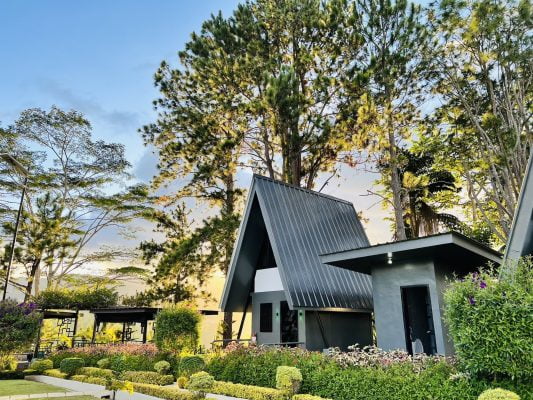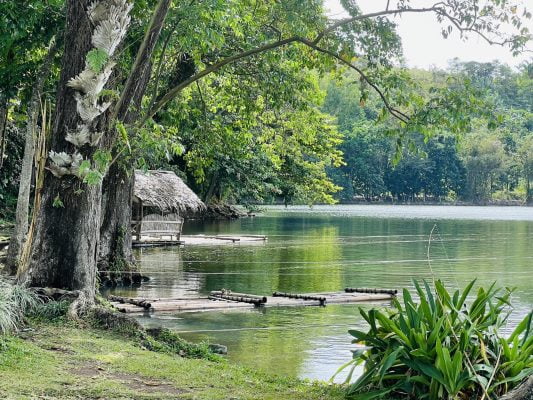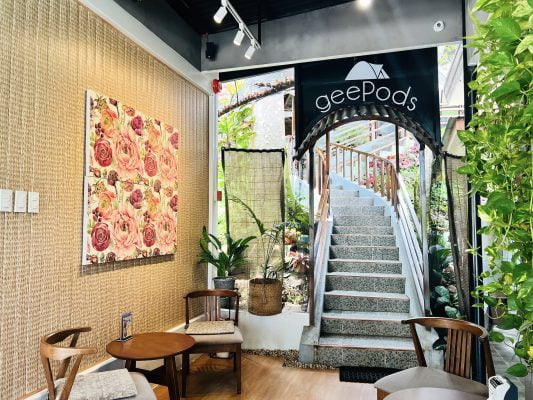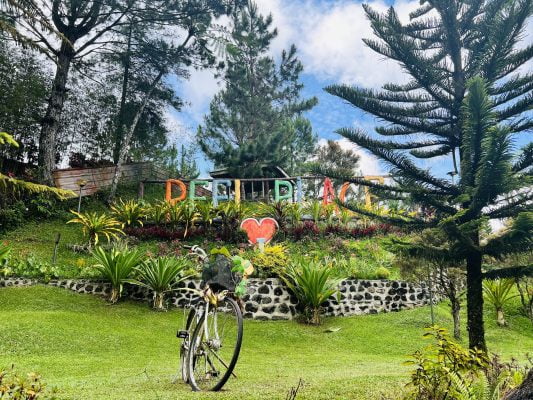More and more westerners choose to spend their Christmas holidays somewhere warm. While their part of the world is freezing or blanketed with immaculate snow, our tropical climate can give them the warmth they so long for. There is nothing wrong with having a white Christmas; in fact, it’s in a lot of people’s bucket lists. But we can’t deny that a lot now prefer sandcastles to snowmen.
A Country of Festivals
If you are enticed by the idea of spending Christmas in the Philippines, we suggest you plan your trip around the festivals of the season. While it is true that the Philippines celebrates the longest Christmas in the world, visiting while there’s an ongoing festival will ensure that you have a really great time.
Most of the popular Philippine Christmas festivals are religious but this does not necessarily translate to just celebrations of the Holy Mass and long processions of statues in the streets. On the contrary, these festivals are some of the most extravagant you will ever experience in the Philippines.
Most of the popular Philippine Christmas festivals are religious but this does not necessarily translate to just celebrations of the Holy Mass and long processions of statues in the streets. On the contrary, these festivals are some of the most extravagant you will ever experience in the Philippines.
Here are some of them:
Giant Lantern Festival
San Fernando, Pampanga
The parol (lantern) is an icon of Christmas in the Philippines. Be it a simple star made of bamboo twigs and plastic or a grand creation made of capiz shells, and a hundred twinkling lights, you will always find a parol outside a Filipino home during the season. In San Fernando, Pampanga, this tradition is taken to the next level. During the Giant Lantern Festival, hundreds of humongous lanterns of varying grandeur will light up everywhere, making every angle a feast for your eyes and camera lens. This competition takes place during the Saturday right before Christmas Eve and is visited by a large number of revelers and spectators every year. San Fernando is named as the Christmas Capital of the Philippines because of this festival.
Bailes de Luces
La Castellana, Negros Occidental
The small town of La Castellana may be overlooked by most but not during its annual Festival of Dancing Lights (Bailes de Luces). The festival starts at the end of December and extends until the 5th day of the New Year. Unlike most of the festivals in the Philippines, Bailes de Luces is held at nighttime to better showcase the creative play of lights by talented dancers. The festival features several activities including a showdown of different delegations with varying levels of innovation and creativity in choreography. Don’t forget to adjust your camera’s settings to capture the shimmering lights!
Feast of the Black Nazarene
Quiapo, Metro Manila

Festival of the Black Nazarene © h3k27 on depositphotos.com
Filipinos are very expressive of their faith regardless of what congregation they belong to. You can see this passion during the translacion (transfer) of the Black Nazarene during its feast held every January 9th. The feast usually marks the end of the Christmas season in the Philippines though the celebrations can extend to mid-February when the mood shifts to Valentine’s Day. During the feast, millions of barefooted devotees dressed in maroon and yellow take to the streets and fight their way to the statue of the Black Nazarene carried by its andas. The procession usually takes more than 12 hours and ends with a few casualties because of all the pushing and elbowing. If you look beyond the difficulty experienced by the participants, you can see that the Feast of the Black Nazarene is a concrete example of strong faith.
Sinulog Festival
Cebu City, Cebu

Sinulog Festival © Constantine Agustine on flickr
Another highlight of the season is the Sinulog Festival, an extravaganza centered on the Holy Infant Jesus. The image is said to be the oldest religious icon in the Philippines housed in what is also considered the oldest church in the country. Sinulog is participated by thousands, if not millions, of devotees and pilgrims from all over the world. During the festival’s culmination, different delegations dressed in ultra-colorful costumes dance the Sinulog in the streets, chanting “Pit Senyor!” and “Viva!” while holding the image of the Santo Nino up in the air. Accommodations in Cebu City and its outlying towns run out fast during Sinulog season so you should book well in advance. Sinulog is celebrated every 3rd Sunday of January.
Ati-Atihan Festival
Kalibo, Aklan
Also in honor of the Santo Nino, this festival is another must-see if you choose to spend Christmas in the Philippines and stay for a few more weeks after. Since Ati-Atihan is held on the same day as Sinulog, you would have to choose which one to witness. Ati-Atihan is known as the Mother of all Festivals, a spectacular presentation of tribal dances with participants covered in soot to make them look like the indigenous Aetas of the region. Elaborate costumes, lively music and colorful floats mark the parade during the festival. If you are staying in Boracay Island, it would be good to take a side trip to Kalibo which is a couple of hours away by land. Plus, you also get to visit the Christmas cottage filled with Precious Moments dolls in Sampaguita Gardens.
Planning your vacation around at least one of these festivals will ensure that you have an authentic Filipino Christmas experience. Aside from the Noche Buena feast, simbang gabi and the pamamasko, festivals provide an unforgettable highlight to every Philippine adventure. But don’t just take our word for it, come to the Philippines and experience it for yourselves!






